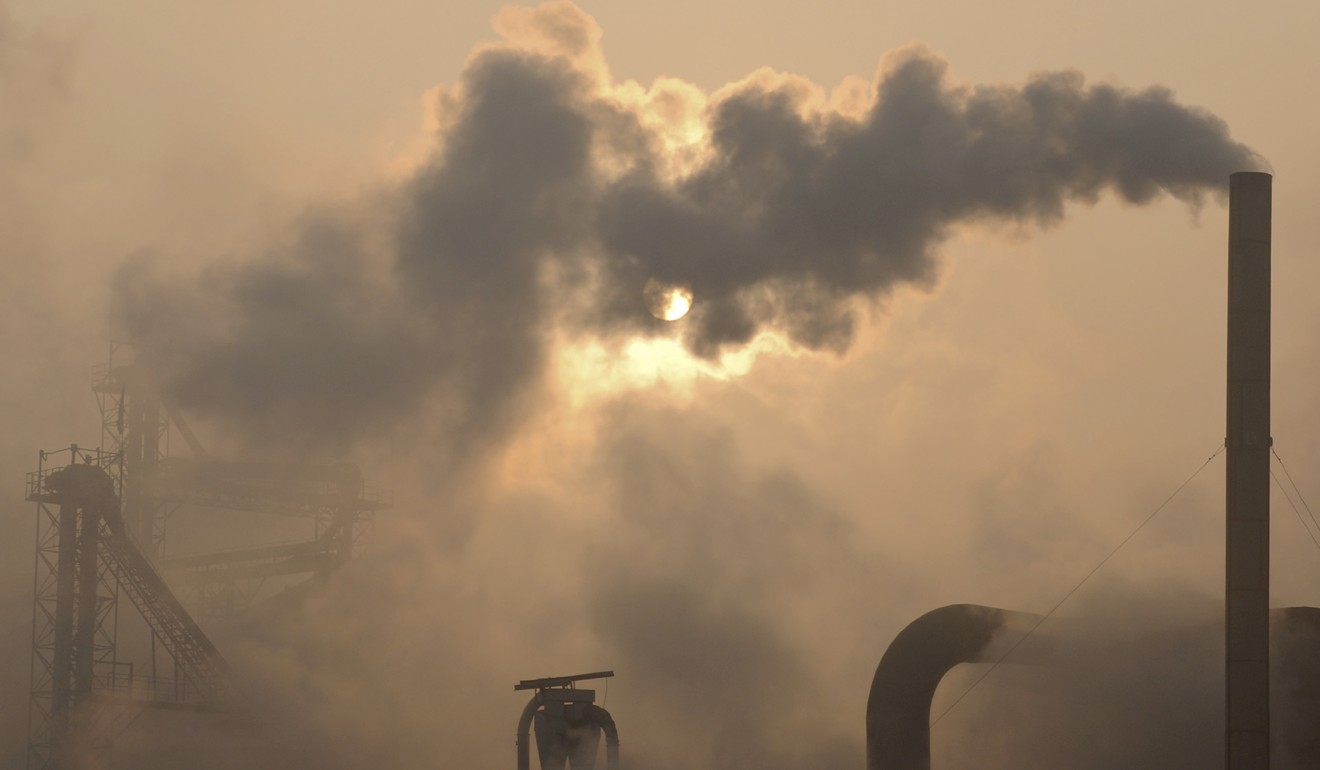
China's Guangdong province to impose tougher industrial pollution curbs
China’s southeastern manufacturing hub Guangdong province is planning to impose tougher emission curbs on its steel, petrochemical and cement firms from June as it bids to meet state air quality standards, the local environment bureau said.
The Guangdong Environmental Protection Bureau said on Tuesday industrial emissions curbs will be extended to the entire province as it aims to bring average concentrations of hazardous, breathable particles – known as PM2.5 – to about 30 micrograms per cubic metre by 2020.
The draft guidelines, issued this week and still subject to public consultation, will force all new plants to meet tougher standards on particulate matter, sulphur dioxide, nitrogen oxides and volatile organic compounds, starting June 6. Existing plants must comply with the new restrictions by December 1.
Firms that do not meet the new requirements will be subject to punitive measures such as production restrictions, fines and even closures, the document said.
Guangdong is the location of the nine million tonne per annum Zhanjiang steel base run by the Baowu Iron and Steel Group. The province produced 28.9 million tonnes of crude steel last year, up 24.7 per cent compared to 2016.

The province is a major part of the Pearl River Delta, which was one of the few regions to meet China’s national 35-microgram air quality standard in 2017. The environment ministry does not expect the country as a whole to reach the standard until 2035.
Average PM2.5 throughout China reached 43 micrograms per cubic metre last year, but stood at as high as 65 micrograms in the heavily industrial northern region of Beijing-Tianjin-Hebei.
Northern China has already imposed its own “special emissions restrictions” on local enterprises this year.
China is drawing up a new three-year action plan to tackle pollution after completing all its air quality targets for the 2013-2017 period, but experts have warned the war on smog is now set to get harder as the country tries to tackle rising ozone levels.

